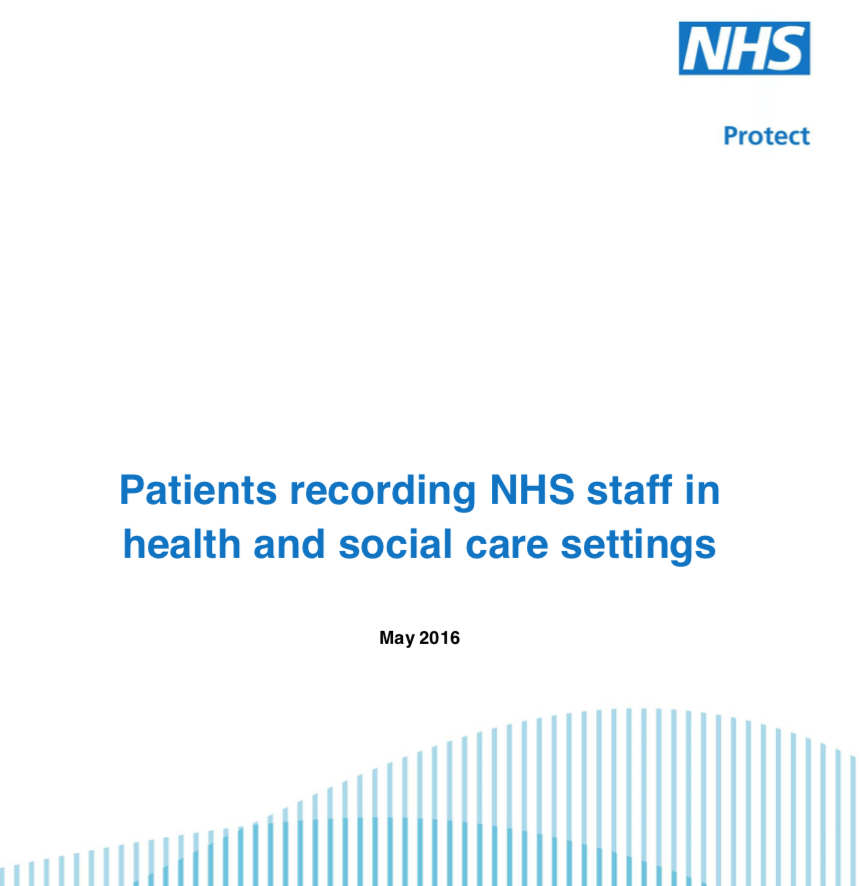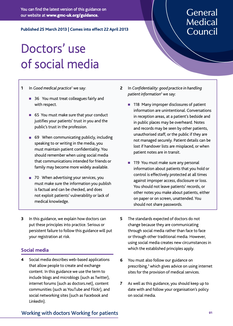|
I attended a recent study day, and one of the speakers was from the GMC. The GMC has numerous publications, and it can be challenging to keep up with all the guidance. We discussed 2 topics, one which I knew nothing about and thought I'd share. Patients recording NHS staff in health and social care settings
Doctors' use of social mediaThis is an important guide to be aware of, as social media is increasingly becoming more and more part of our daily practice. The use of social media is not limited to Facebook! There are very few teams now that do not make use of a messaging app, and we should make sure we maintain patient confidentiality.
There are many new apps available marketing themselves as "NHS compliant", "GMC compliant" for communication use between clinical teams. They may well replace the bleep / referral system one day! Have a look: https://www.siilo.com/ https://forwardhealth.co/ https://www.hospify.com/ These may well be a better option than WhatsApp... NBothma
0 Comments
I started this morning innocently reading a recent blog post by the St Emlyn's Team with the intention of screening large numbers of recent blog posts as part of my weekly CPD update. Low and behold, it is 5pm and I am still stuck on this one post and topic: ATRIAL FIBRILLATION. I should have known reading something about AF would not be a simple task! I am sure I am not the only person who feels a little overwhelmed from time to time when faced with decision making in the management of AF. I guess it is because it does not fit in a neat box of a single answer for every event. I thought I would summarise a few key points I have reviewed today: 1. Definitions
2. Aim of treatment
3. Priorities
4. Management RATE CONTROL vs RHYTHM control
MEDICATIONS FOR RATE CONTROL NICE: Offer a beta-blocker or a rate-limiting calcium-channel blocker (diltiazem [off-label use] or verapamil). The choice between a beta-blocker and a calcium-channel blocker will depend largely on the person's comorbidities.
IS TROPONIN NECESSARY FOR ALL ACUTE AF PATIENTS IN THE ED?
AF WITH WIDE QRS
References
NBothma
|
Categories
All
The Derrifoam BlogWelcome to the Derrifoam blog - interesting pictures, numbers, pitfalls and learning points from the last few weeks. Qualityish CPD made quick and easy..... Archives
October 2022
|

